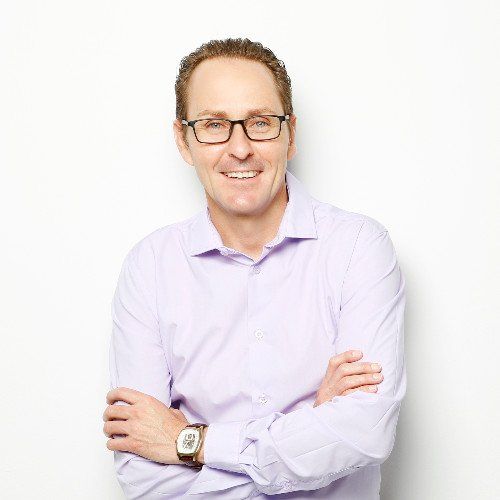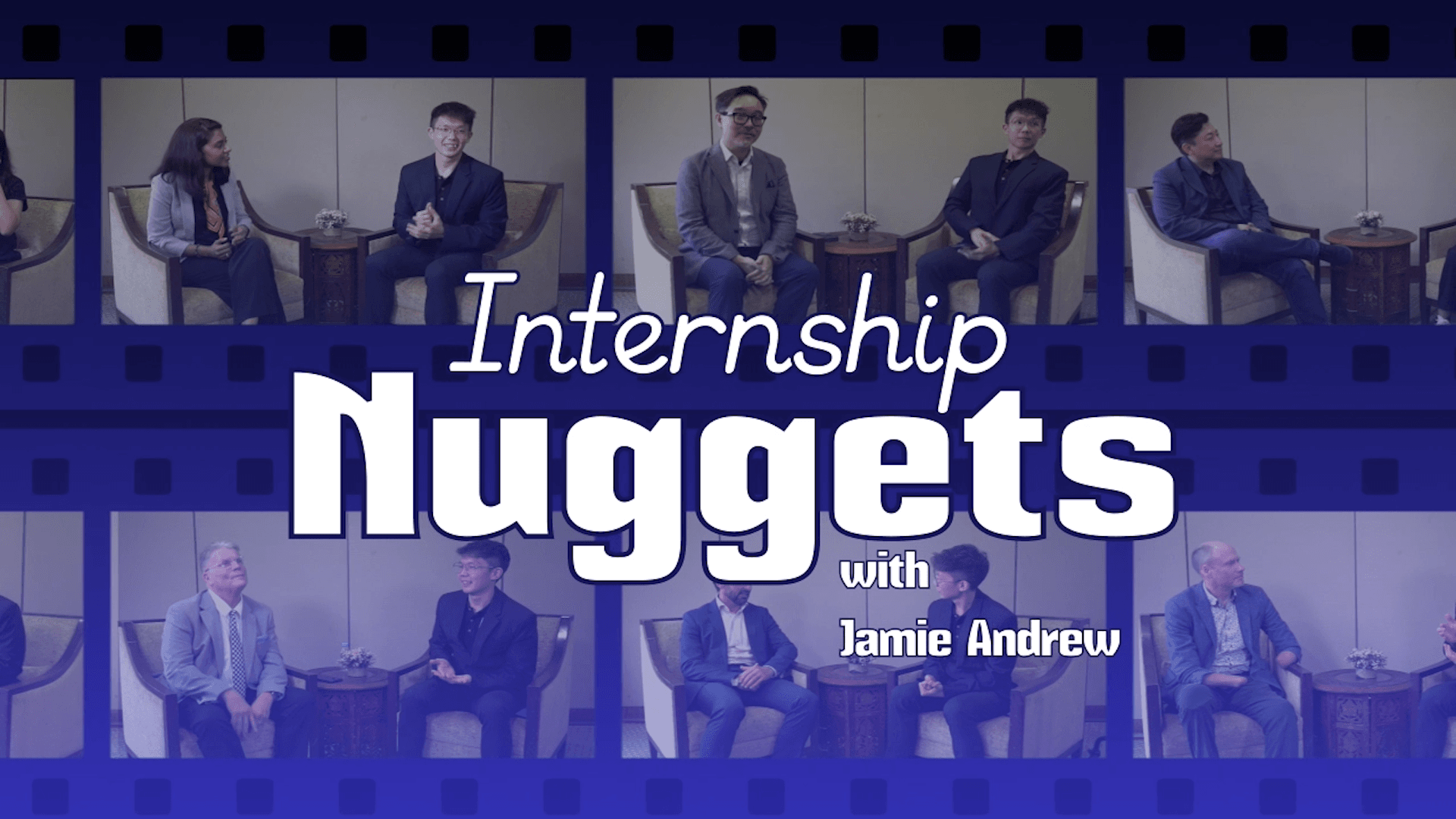Do Knee-Jerk Business Model Shifts Ever Pay Off?

By Willem Gous
The discussion for businesses has shifted from ‘what we are going to do differently this year?’ to ‘how will we adapt the business model to survive?’
Chasing Fads Into Oblivion
There’s a certain word I hate saying. I have lamented many speakers and writers who have used it in the past. Mainly because I believe it is used more as a scare tactic than to add value to the conversation. It is something I have found futurists love to use at conferences to increase their ‘bookability’ as a speaker. Nevertheless, with reluctance, I am going to say it: disruption.
Disruption is here. It is not something that is coming anymore, and no longer is it something speakers can use to scare people at conferences (at last).
Boo!
And it has not been gradual like you would get into a very hot bath. We went from an ice-cold winter’s day to being dunked into a tub of near-boiling hot water. Thus the discussion for businesses has shifted from ‘what we are going to do differently this year?’ to ‘how will we adapt the business model to survive?’
That brings us to the five stages of grief, which all companies HAVE to go through in the current economic environment.
- Denial
- Anger
- Bargaining
- Depression
- Acceptance
I am not kidding; your people are going through this on a personal and professional level. And the sad part is that I see many companies stuck in the depression phase and not moving to acceptance as fast as possible.
It is important from a management perspective, in my opinion, to get to a place of acceptance in the new COVID economy. Being in a place of acceptance paves the way to logical thinking in this changing world.
And yet, most companies remain stuck in a bargaining or depression mindset. This makes me question the quality of the strategic decisions they make in response to this disrupted new world (urgh, I had to use ‘that’ word again).
Respond or react?
For me, it is clear which companies have moved on to a level of acceptance of the situation and who are still stuck dealing with grief.
Those who have moved to acceptance RESPOND to the disruptions (I do apologise for using this word) while the others REACT, in my opinion with disastrous negative long-term results.
Responding
In South Africa, we faced one of the toughest lockdowns in the world, destroying our already depressed economy in the process. Fast-food chains were allowed to operate after a while, but people were not allowed to buy directly from them. Thus they adapted to delivery services boosting a job creation industry.
Some international companies, such as beauty brands, who were already manufacturing gels adapted and started making hand sanitisers etc. These are simple examples, and I am sure I am missing many others.
Read: 4 Lessons in Growth From the Wisest of Teachers
Reacting
Accept what is, and start thinking of ways you can modify your business model to function differently and sustainably in this changing world.
Sadly, the reacting crowd are breaking down years of work in the hope of making some money to survive. Companies in entirely unrelated industries suddenly jumped onto the PPE (Personal Protective Equipment) bandwagon, and in my opinion, this can only lead to long-term disaster.
Brand confusion
These companies use logic to justify the manufacture or just sale of PPE saying they can simply plug it into their existing channels and customer base. But this can lead to brand confusion where your existing customer base has a less clear picture in their minds as what you do for them.
Wait, I thought this was a bookstore.
This leaves the market wide open for your competitors to sweep in with a clear and concise value proposition. I see branding as a photo of you that customers keep in their mind. You might pose in the picture with a smile holding a plunger, knee-deep in water if you are a plumber. But now that plumber is wearing a surgeon’s gown, still holding the plunger while standing in a sterile environment.
If I had to look at a photo like that, I would probably feel very confused (to put it lightly) because this is some seriously conflicting imagery. Your customers do not know where to put this picture of you and will most probably delete it.
This thinking is also based on the idea of ‘someday, this too shall pass’, which it will not.
More of the same will still work
To think that that it will return to normality within the next year or two and waiting it out is cashflow suicide.
Simply ‘adding more services’ to the mix while your main income stream recovers is a dangerous waiting game of economic recovery. It is also based on the thinking that soon things will return to normal and what I did last year will work again, and we can simply return to business as usual.
Some industries will never return to anything that we were used too. The airline industry, gyms, restaurants and more. To think that that it will return to normality within the next year or two and waiting it out is cashflow suicide.
Accept what is, and start thinking of ways you can modify your business model to function differently and sustainably in this changing world.
The business model killer
There is a long line of processes, people and channels that need to be in place for a business to run. If you create something complementary to your existing product or service offering, they usually fit into the current process, human resources and channels. But when you do something new, you will need new processes, more people and channels.
If you are a service business and now you are selling physical products, you will have to make significant and deep changes within your business. Let me ask you a question, how good is your stock control?
You might think you can use your existing staff. But now you are asking them to juggle between your original business and the new one.
Lastly, I don’t know about you, but the one thing most companies seem to struggle to afford is people. You will have to hire new people to sell your new line of PPE, for me, that is another cashflow risk I am not prepared to make.
You might think you can use your existing staff. But now you are asking them to juggle between your original business and the new one. Somewhere, somebody is going to drop the ball. If you only have enough resources to make one business model work, then use it to make one business model work, but to think that you can build two businesses with the same amount of resources means one of the businesses will suffer.
In my experience, that is your existing business, the one that got you to the level of success you enjoy today.
You know your business, and you know your industry, so adapt and innovate, it is a great time to do so because many many businesses (your competitors) are out of the market, leaving it wide open for you. So get focused, and go and get those profits.
See Also: Does Every Company Need To Be A Technology Company?
Leadership
Tags: Executing Leadership







